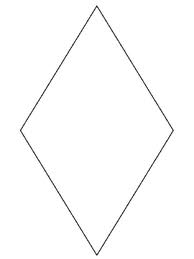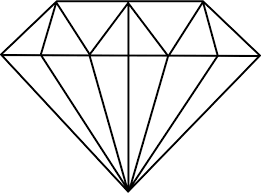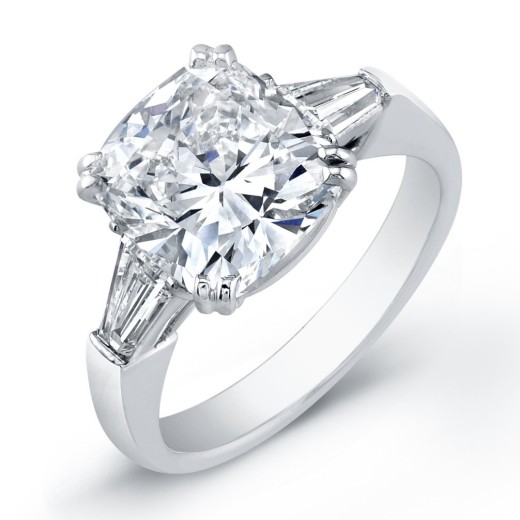I often think about what my job is, as a communicator. How I can best pass on my thoughts, or whatever data it is I’m looking to transmit to my audience in the way that is most helpful.
I think the absolutely holy grail of communication is clarity. Clarity is loving. Clarity, I think, is vital for persuasion. And I think all beneficial communication is persuasion — whether it simply seeks to educate, whether it seeks to reaffirm and encourage an already held position, or whether it seeks to shift and transform somebody via the act.
Good communication is about, as much as possible, getting everything else out of the way of the thing you are trying to communicate, but it’s also about making the thing you’re communicating about as full and real as possible.
Sometimes people think clarity is a synonym for simplicity. But it’s not.
Sometimes people think nuance is a synonym for ambiguity and an enemy of clarity. But it’s not.
Let me demonstrate in pictures.
This is a diamond.
Actually.
These are all diamonds.
Imagine someone asked you to show them a diamond. Perhaps, for context, you’re a jeweller and the someone is a young man wanting to buy a ring.
The first two examples are absolute communication failures. Uncut and ambiguous. Then there’s a simple diamond. A complex diamond. A nuanced diamond. And a compelling diamond.






Which of these options are actually helpful to the person who wants to see a diamond, the sort of diamond they might take to their beloved?
It’s tempting to think that the best communication takes the easiest path for the audience to take to understand that this thing is a diamond — so the simple one that uses the least lines (let’s take for granted that communication is an act of making yourself understood and that it’s not good enough to just take the option that’s easiest for the communicator, serving up unedited, ambiguous, dross). That simple diamond doesn’t really help anyone except card players, magicians, or people playing Pictionary.
The last diamond is what we, as communicators, are attempting to communicate to our audience; the rest, though they’re sometimes held up as archetypes of clarity, are less than the best. Potentially there’s a context for a diamond like any of these other diamonds to be the thing that you are producing. Some of the others may be of value in a technical manual. But when I communicate I want people to appreciate the full significance — the intricacies of a thing and where it fits in the bigger picture, and how it might become part of the hearer’s life. I think that’s real clarity.
It’s true that you could stare at the last diamond for hours, and still appreciate it, but our guy in the jewellery shop who is very busy should get the picture that it’s a pretty incredible, and potentially life-changing diamond pretty quickly, because he’s not going to spend a lifetime in the shop. And I think that’s where the real challenge for clarity (and excellent communication) lies.